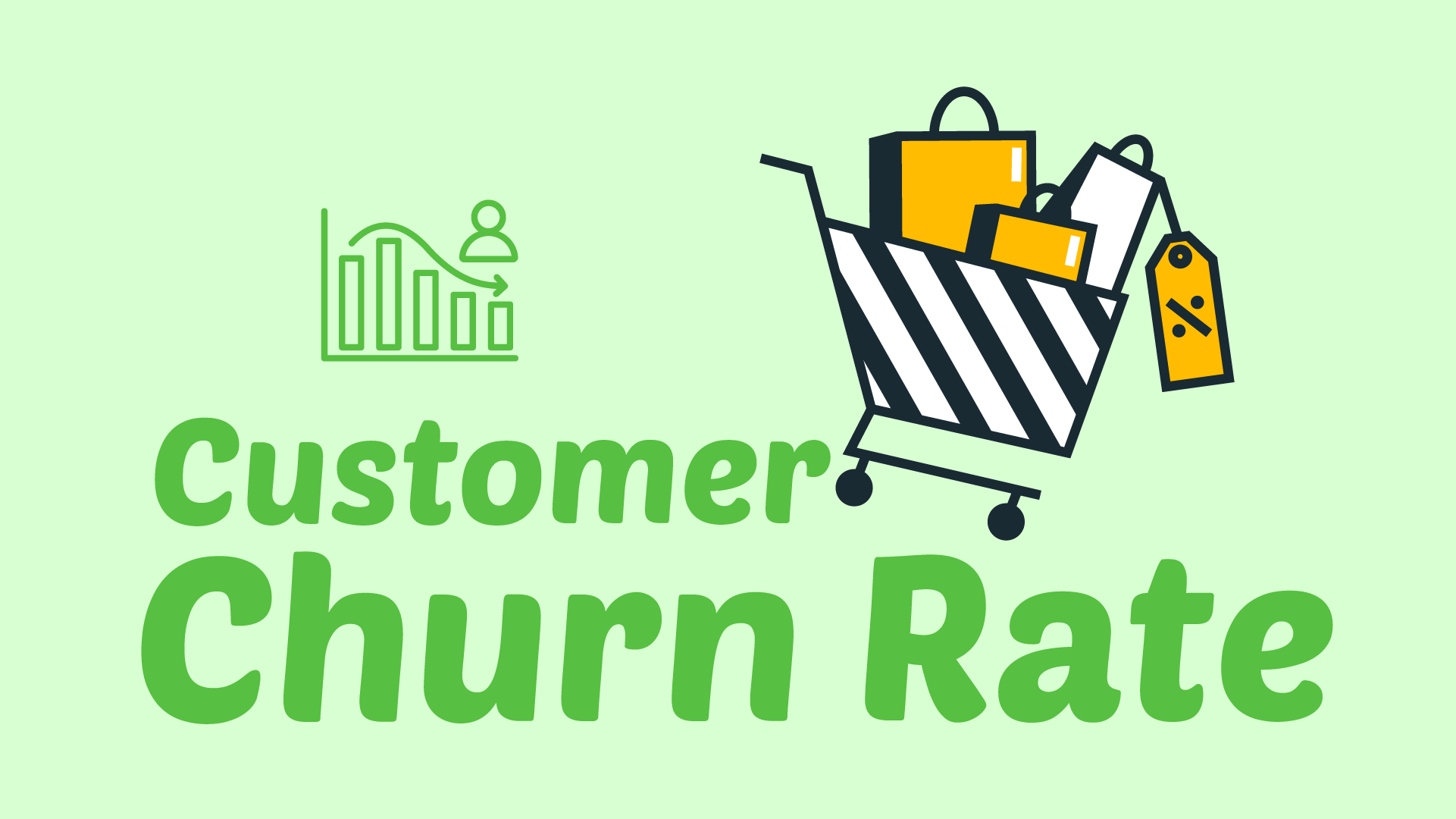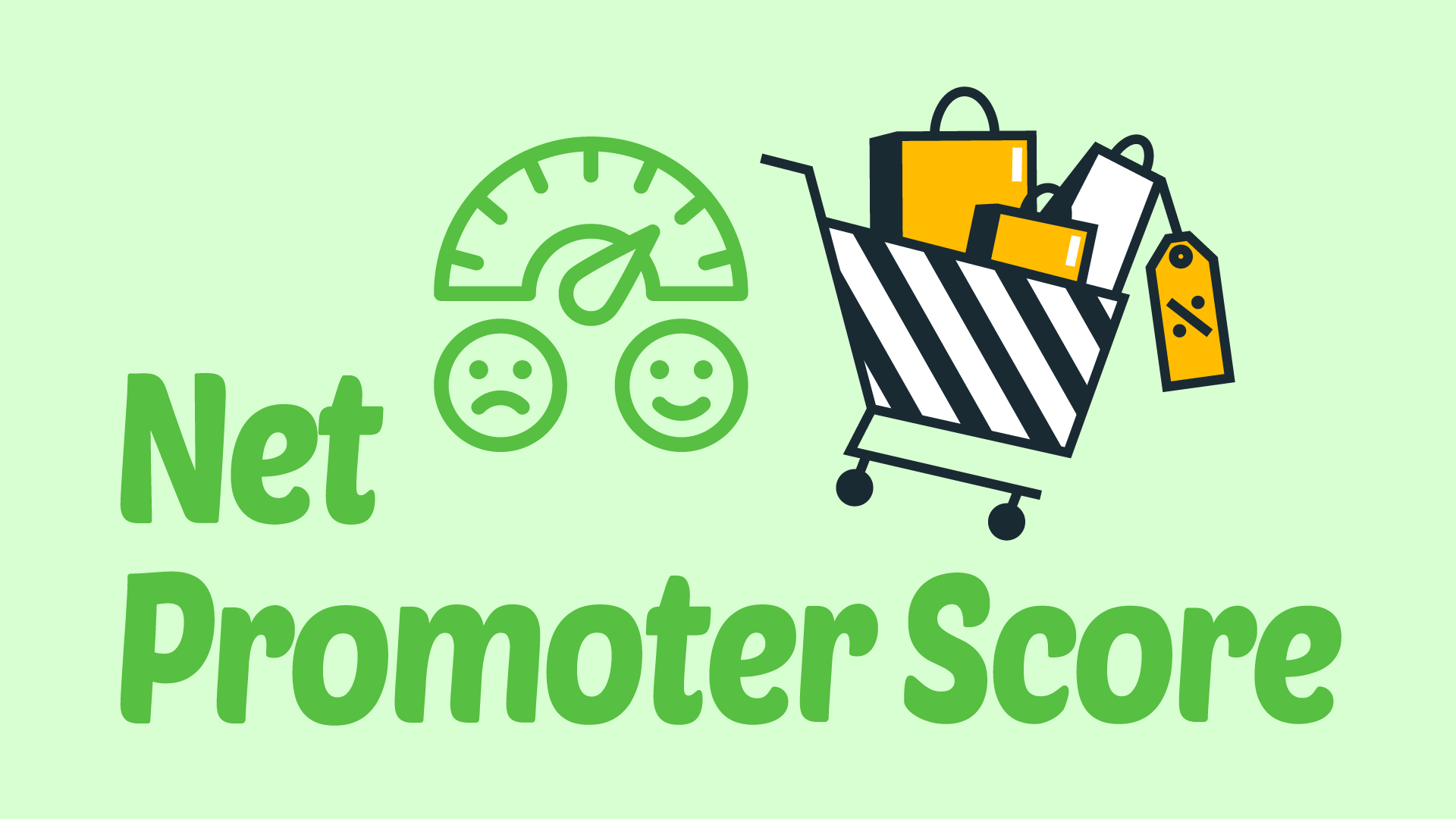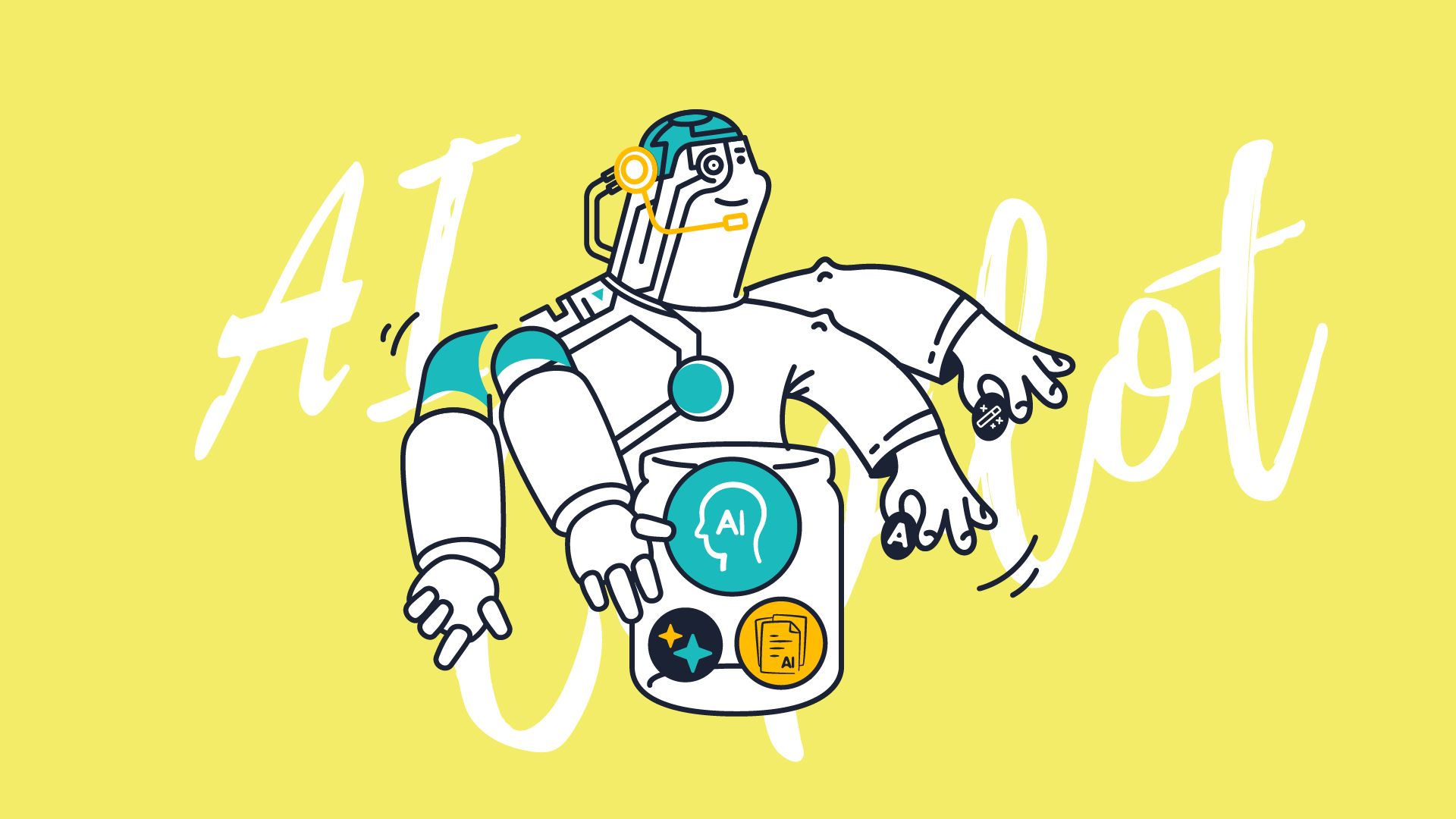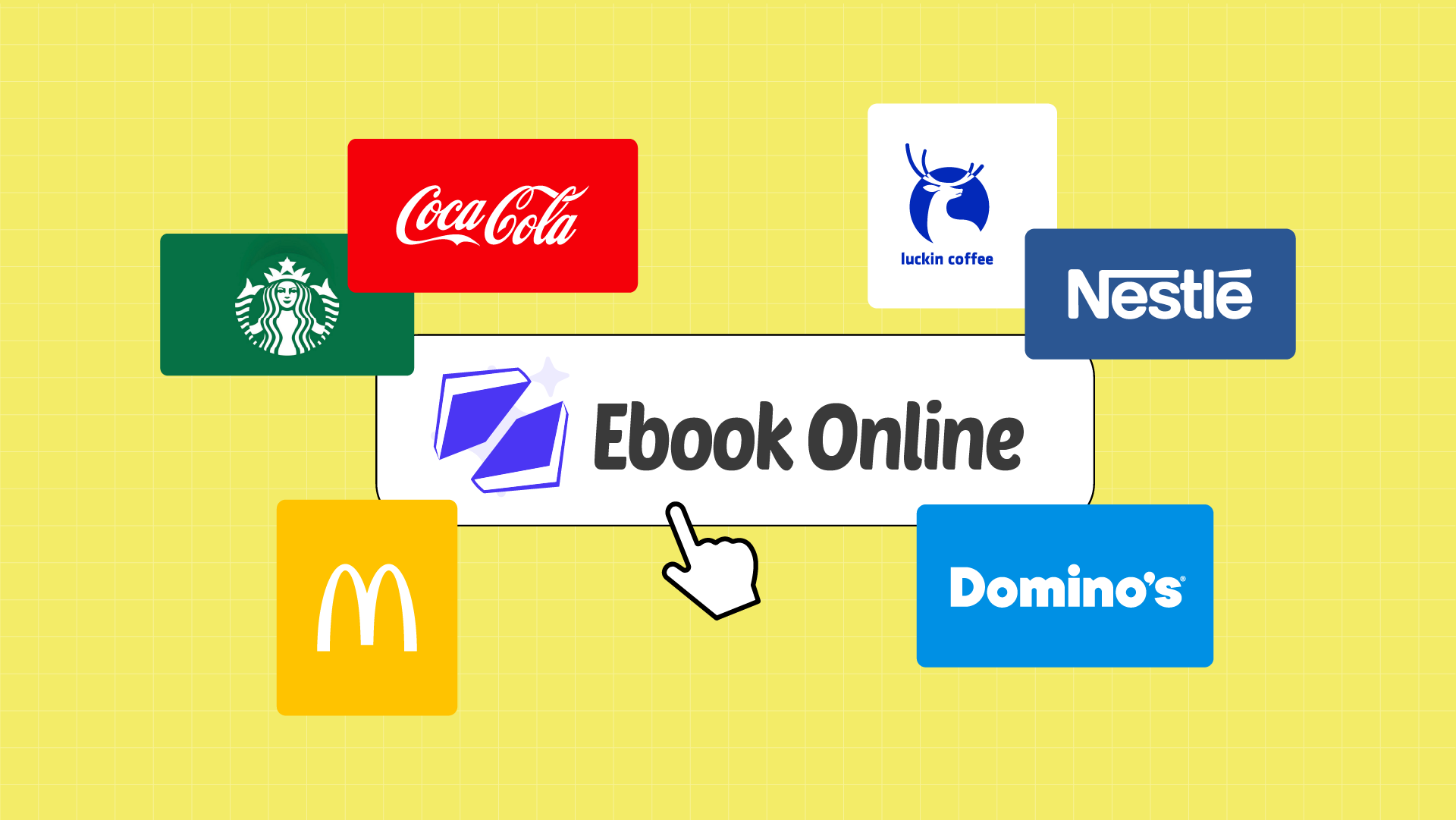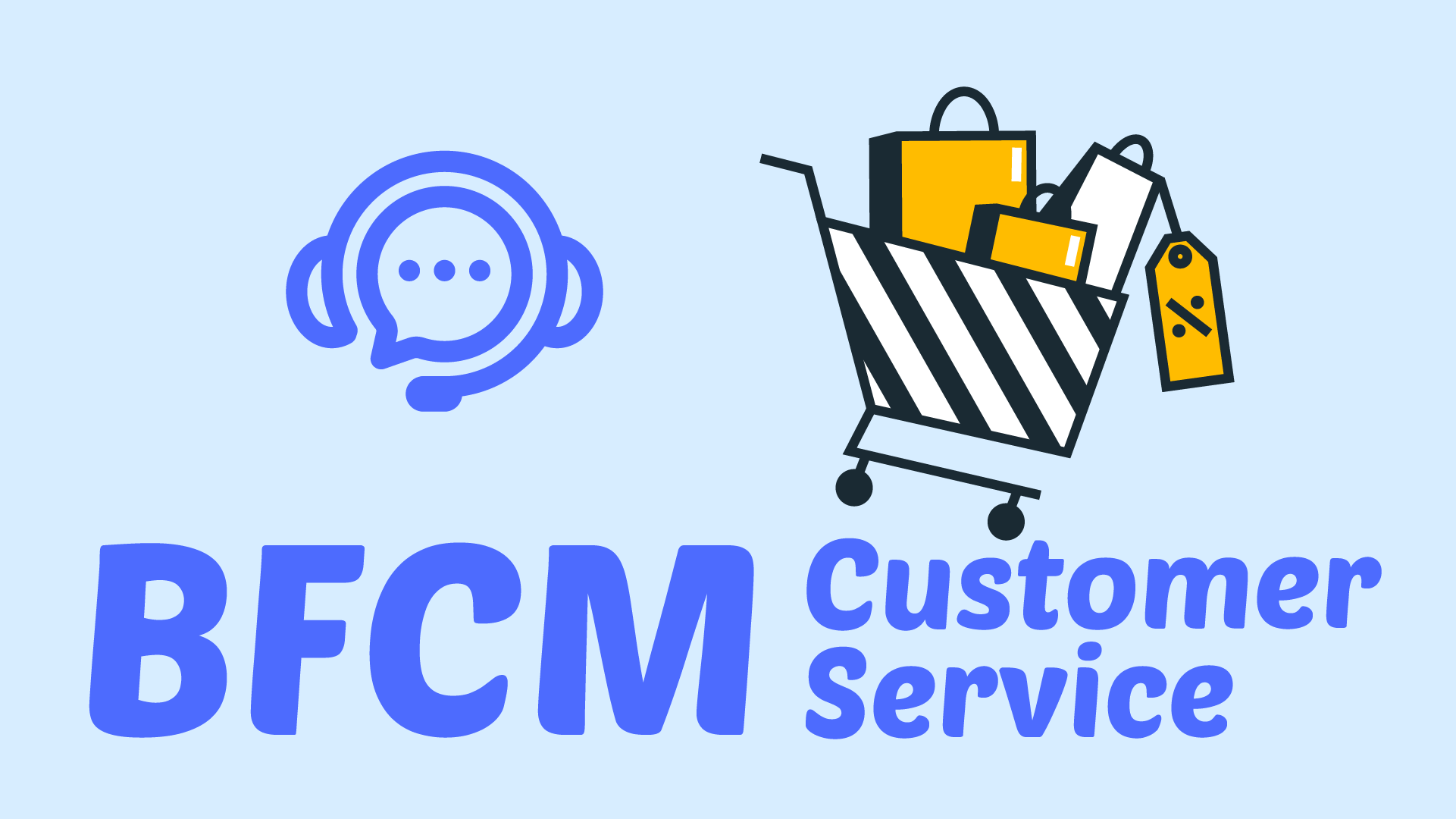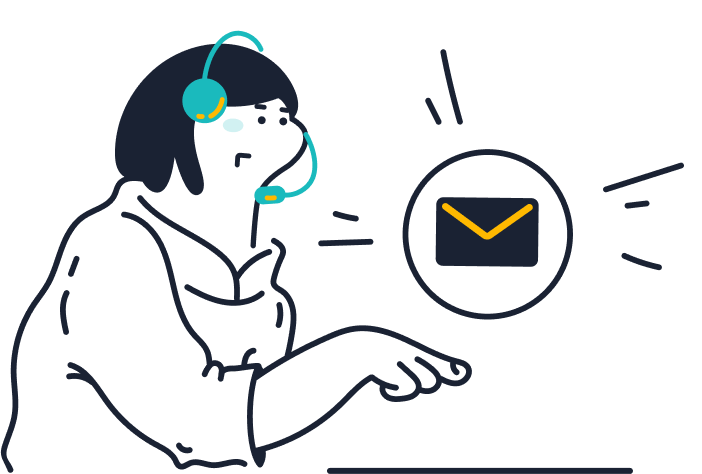Customer churn rate is a critical metric that measures the percentage of customers who stop doing business with a company over a given period. In ecommerce, understanding and managing churn is essential because acquiring new customers is often far more costly than retaining existing ones.
Here’s the reality: acquiring a new customer costs significantly more—some studies say up to 7x more, than keeping an existing one. Yet businesses routinely pour money into marketing while neglecting the customers they’ve already won. The result? A leaky funnel where churn quietly erodes your profits.
Customers leave for all kinds of reasons—poor service, unmet expectations, weak brand connection, or simply a better offer elsewhere. Sometimes it’s product-related; other times, it’s about experience or engagement. But in most cases, churn isn’t random—it’s a reaction.
According to research, even a 5% increase in retention can lead to a 25% or more boost in profit. So, keeping customers isn’t just good practice, it’s good business. Source.
This article unpacks why customers churn and, more importantly, what you can do to keep them engaged. We’ll explore the main causes, share actionable strategies to reduce churn, and help you shift from reactive to proactive retention.
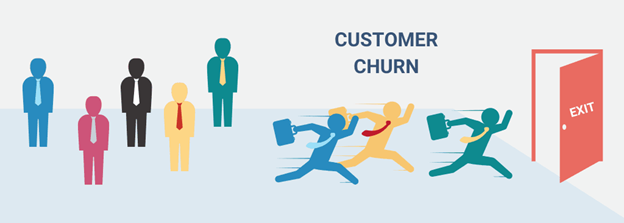
How To Calculate Customer Churn Rate?
Customer Churn Rate measures the percentage of customers who stop doing business with you over a given period.
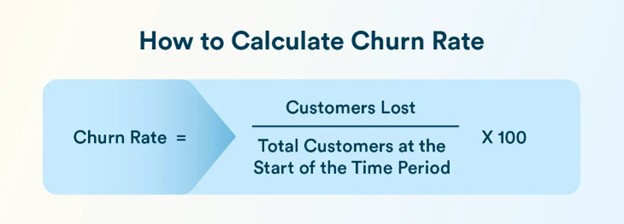
Example:
Let’s say you had 1,000 customers at the start of the month, and by the end, 850 remained.
- Customers lost = 1,000 – 850 = 150
- Churn Rate = (150 / 1,000) × 100 = 15%
How to Accurately Identify Customers Likely to Churn?
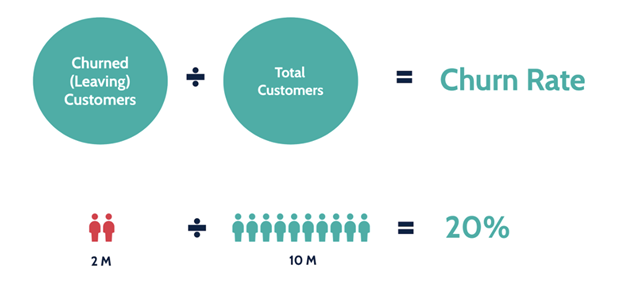
Accurately identifying customers who are likely to churn is a critical step in reducing churn and improving retention. Since customer behavior and purchase cycles vary widely across industries and product categories, adopting a one-size-fits-all approach to defining churn can lead to inaccurate predictions. Here are key strategies to pinpoint at-risk customers effectively:
A. Set Dynamic Inactivity Thresholds by Product Category
Churn timelines differ depending on the type of product or service. Instead of applying a fixed inactivity period for all customers, align your churn thresholds with typical purchase cycles for each product category:
- Fast-Moving Consumer Goods (FMCG): These products, such as groceries or personal care items, are purchased frequently. A period of 30 days without a purchase may indicate a customer is churning. This is supported by industry observations that FMCG categories experience high turnover and price-sensitive consumer behavior, with customers often switching brands based on discounts or variety seeking.
- Durable Goods: For products like electronics or appliances, repurchase cycles are longer. Customers who do not make a repeat purchase within 90 days may be at risk of churn.
- Luxury Goods: High-end products often have extended purchase intervals. Customers may tolerate up to 180 days or more of inactivity before being considered lost.
An internal RFM (Recency, Frequency, Monetary) analysis by several beauty and skincare brands (not publicly named) found that customers whose repurchase intervals exceeded 1.5 times the average category cycle faced up to a 300% higher risk of churn. This highlights the importance of tailoring inactivity thresholds to product-specific buying behaviors.
B. Use RFM Analysis and Predictive Modeling
RFM analysis-standing for Recency, Frequency, and Monetary value-is a powerful technique that segments customers based on their purchasing behavior. By examining how recently a customer bought, how often they buy, and how much they spend, businesses can prioritize customers who are at high risk of churning and tailor their engagement strategies accordingly.
How RFM Helps Identify At-Risk Customers?
- Recency: Customers who purchased recently are more likely to buy again, while those who haven’t bought in a while may be slipping away.
- Frequency: Frequent buyers tend to be more loyal and engaged.
- Monetary: Customers who spend more are usually more valuable and worth extra effort to retain.
C. Detect Behavioral Churn Signals in Real Time
Churn doesn’t usually happen overnight, it builds quietly, often starting with subtle behavioral shifts. If you’re paying attention, your customers will show you the signs before they ever leave. The challenge is spotting those signals in real time, and acting quickly enough to change the outcome.
D. Recognizing the Early Warnings
Behavioral churn signals are small indicators that a customer is beginning to disengage. Some of the most telling metrics include:
- Cart Abandonment Rates Over 60%: A high cart abandonment rate suggests friction in the purchase process, be it unexpected costs, confusing checkout flows, or hesitation to commit. If these carts go unaddressed, many of those customers won’t return.
- Product Page Views Under 15 Seconds: If users are bouncing from product pages after just a few seconds, it could signal a mismatch between expectations and reality. It may also suggest poor product descriptions, unappealing imagery, or slow site speed.
- Cross-Channel Inactivity (Email, App, Website): When a customer stops opening emails, logging into the app, or visiting your website altogether, it’s a strong indicator they’re slipping away. Monitoring engagement trends across channels is key to catching this early.
Why Do Customers Leave?
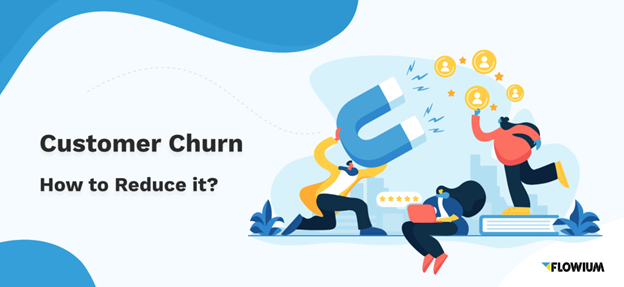
Understanding why customers leave is essential for any business aiming to reduce churn and build lasting relationships. Customer departures often stem from issues related to the brand, the product, or the service experience. Let’s explore these reasons in detail.
A. Brand-Related Reasons
- Negative Brand Reputation
Customers are increasingly values-driven. If a brand faces controversy, is perceived as unethical, or simply no longer aligns with their worldview, customers may walk away, regardless of product quality.
- Lack of Trust or Emotional Connection
Brands that fail to build emotional rapport often struggle with loyalty. If customers don’t feel a connection, or worse, feel ignored, they’re more likely to switch to a competitor who makes them feel valued.
- Poor Marketing or Misleading Messaging
If marketing overpromises and the product underdelivers, customers feel misled. Discrepancies between brand messaging and the real user experience often lead to disappointment and churn.
B. Product-Related Reasons
- Product Quality Issues
Defects, inconsistent quality, or products that fail to meet expectations are major reasons customers leave. Reliable product quality builds trust and satisfaction, while poor quality leads to returns, complaints, and lost loyalty.
- Limited Product Range or Innovation
Customers often seek variety and innovation. Brands that fail to update their offerings or provide diverse options risk losing customers to competitors with newer or more appealing products.
- Delivery and Fulfillment Problems
In ecommerce, delivery is part of the product experience. Delays, damaged goods, or complicated returns frustrate customers and erode trust. Smooth, reliable fulfillment is critical to maintaining loyalty.
C. Service-Related Reasons
- Poor Customer Support
When customers need help, they expect fast, effective, and friendly service. Missed messages on social media, delayed email replies, or unresolved complaints quickly erode trust. A single bad support interaction can push a customer to leave, permanently.
- Inconsistent Omnichannel Experience
Today’s customers engage with brands across multiple touchpoints, email, web, mobile apps, chat, and social. If these channels aren’t connected, customers are forced to repeat themselves, which creates frustration and breaks the experience flow.
- Lack of Personalization
When customers receive generic messages, irrelevant offers, or no recognition of their preferences, they feel like just another number. Personalization, based on past behavior, preferences, or lifecycle stage, is no longer optional; it’s expected.
Proven Strategies to Reduce Churn and Boost Engagement
A. Deliver Seamless Omnichannel Support
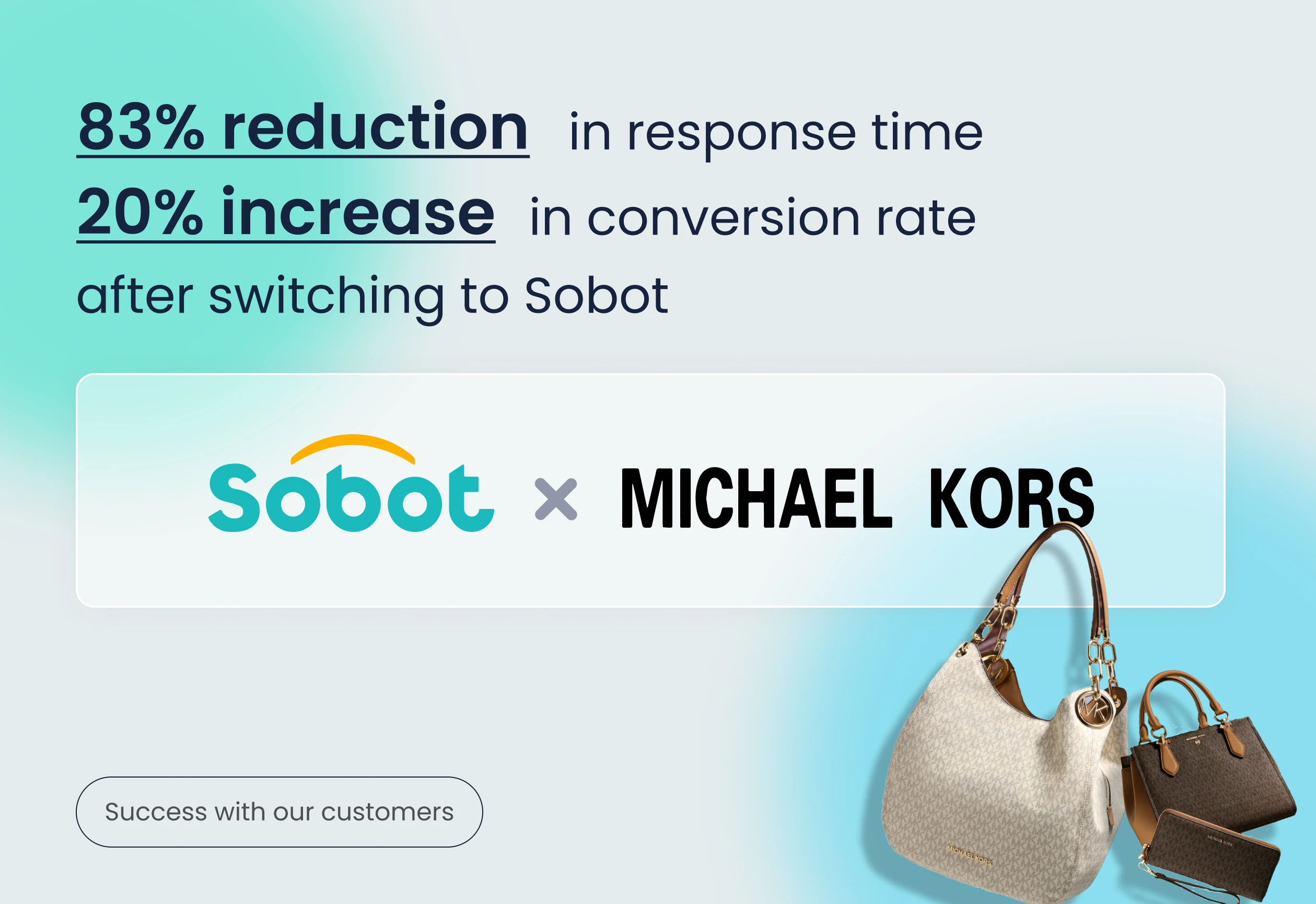
In today’s digital world, customers expect to interact with brands effortlessly across multiple channels-whether it’s WhatsApp, SMS, live chat, email, or social media. Integrating all these touchpoints into a unified platform is essential for providing fast, consistent, and personalized support that keeps customers engaged and reduces churn.
A prime example of this strategy in action is global fashion brand Michael Kors. To meet the rising demands of a digital-first clientele, Michael Kors partnered with Sobot, an AI-driven customer service platform.
With Sobot’s integration, Michael Kors achieved remarkable results:
- 83% reduction in response time by automating answers to frequent questions like order tracking, return policies, and stock availability.
- 95% customer satisfaction rate (CSAT) due to faster, more accurate, and personalized support available 24/7.
- 20% increase in conversion rates, driven by seamless engagement and timely assistance throughout the customer journey.
B. Personalize Communications and Offers
Personalization is a cornerstone of modern ecommerce success, and Amazon stands as a prime example of how leveraging customer data can dramatically enhance engagement, increase sales, and build loyalty.
How Amazon Personalizes the Shopping Experience
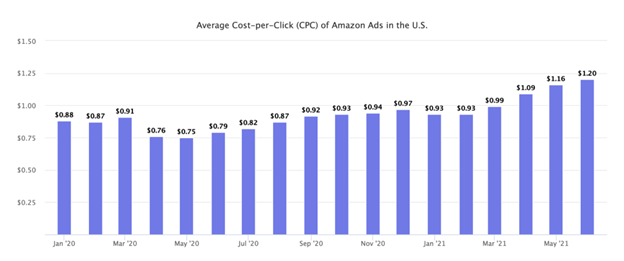
Amazon’s recommendation system goes far beyond simply inserting a customer’s name into an email. It uses sophisticated algorithms and machine learning models to understand each user’s preferences and shopping patterns. Some of the key personalization tactics include:
- “People like you bought…” recommendations that suggest products based on similar customers’ purchases.
- “Recommendations for you” sections that curate items aligned with a user’s browsing and buying habits.
- Dash buttons and wishlists that promote frequently purchased or desired products.
- “Customers who viewed this item also bought” and “Frequently bought together” suggestions that encourage cross-selling and upselling.
- Personalized emails and targeted ads that reflect recent searches, purchases, and interests.
Impact on Business Metrics
Amazon’s data-driven personalization has a profound impact on key performance indicators:
- Approximately 35% of Amazon’s sales come directly from product recommendations.
- Personalized recommendations increase conversion rates by helping customers discover products they might not have found otherwise.
- Tailored offers and communications boost average order values by encouraging complementary purchases.
- Enhanced personalization fosters stronger customer loyalty, as shoppers feel understood and valued.
C. Proactive Customer Engagement
Proactive customer engagement is a powerful strategy to reduce churn and deepen customer loyalty by anticipating needs, following up after purchases, and addressing potential issues before they escalate.
D. Empower Your Support Team
Behind every great customer experience is a well-equipped support team. When agents are empowered with the right tools and insights, they can resolve issues quickly, deliver personalized service, and turn at-risk customers into loyal ones. In contrast, fragmented systems and lack of customer context lead to long wait times, repeated explanations, and rising churn.
Sobot’s agent platform is built to solve exactly that. It gives support teams unified access to a customer’s complete history, including purchase behavior, past conversations, product preferences, and engagement across channels—all in one interface. This holistic view allows agents to respond with speed, confidence, and precision.
Additional tools like internal notes, real-time collaboration, and smart ticket assignment further streamline the workflow. Agents can tag teammates, track unresolved issues, and access relevant resources—all without switching platforms.
E. New Customers: The Most Vulnerable Segment
New customers are at the highest risk of churning within the first 30 days. This is the critical period where they decide if your brand is worth returning to.
- Personalized Welcome Emails: Send warm, personalized messages thanking them for their first purchase and introducing your brand values.
- Onboarding Content: Provide helpful guides, tutorials, or tips related to their purchase to enhance product usage and satisfaction.
- Exclusive Offers: Offer time-limited discounts or free samples to encourage a second purchase, delivered through a well-crafted email marketing campaign that keeps your brand top-of-mind and drives repeat engagement.
- Feedback Requests: Ask for their opinions or reviews early on to show you value their input and to identify any issues quickly.
- Multi-Channel Touchpoints: Use a mix of email, SMS, and social media to stay connected without overwhelming them.
F. Reward Loyalty and Encourage Advocacy
Loyalty programs encourage customers to keep coming back by offering tangible rewards, exclusive access, and recognition. Meanwhile, referral incentives turn satisfied buyers into enthusiastic brand ambassadors, helping you acquire new customers at a lower cost.
Leveraging Technology to Reduce Customer Churn: How Sobot Can Help
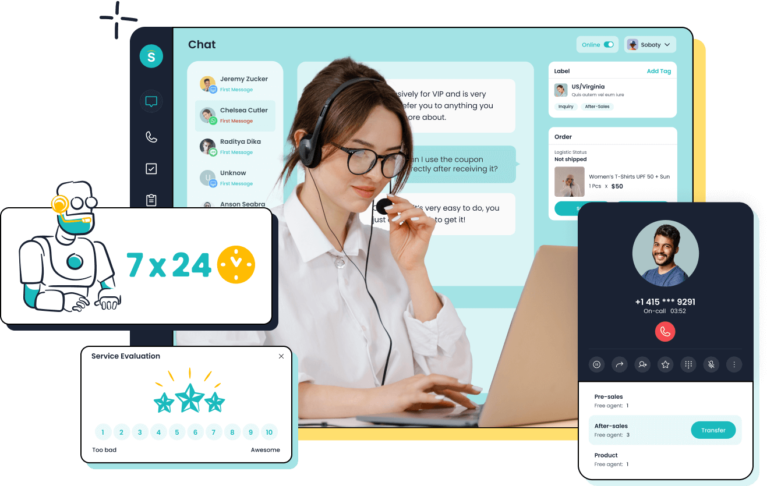
Reducing customer churn isn’t just about understanding why people leave—it’s about having the tools to act quickly and intelligently when they start to. This is where technology plays a vital role. Platforms like Sobot enable businesses to not only identify at-risk customers but also proactively engage them before they walk away.
Sobot helps tackle churn across multiple dimensions:
Omnichannel Integration to Prevent Data Silos
Omnichannel integration is critical for providing a consistent and efficient customer experience. Sobot’s platform ensures that customer conversations and histories from different channels are consolidated, so agents have full context regardless of how customers choose to interact. This eliminates the need for customers to repeat themselves and reduces resolution times.
- Businesses using Sobot have reported a 20% reduction in inbound discussion volume and a 96% increase in positive customer feedback.
- The AI platform correctly answers over 80% of customer queries, contributing to an impressive 97% CSAT score.
- Self-service options resolve 22.2% of questions, easing agent workload and speeding up responses.
- Agent productivity improves by 77%, while average handle time decreases by 20%, enhancing operational efficiency.
Automated Segmentation, Labeling, and Campaign Management
Sobot uses AI-powered automation to segment customers based on behavior, purchase history, and interaction patterns. Automated labeling helps categorize inquiries and customer profiles, allowing businesses to tailor marketing campaigns and support workflows effectively. Campaign management tools within the platform enable targeted outreach, such as personalized promotions or timely follow-ups, all driven by customer data insights.
Intelligent Labeling for Personalized Outreach
With automated labeling, Sobot tags inquiries and profiles by product interest, urgency, or lifecycle stage. This enables brands to refine their targeting, streamline support workflows, and personalize promotional messages to match customer needs and behaviors.
Proactive Campaign Management Across Channels
Rather than waiting for customers to engage, Sobot allows businesses to reach out proactively via WhatsApp, SMS, email, and more. Campaigns can be triggered by specific actions or inactions, such as:
- Reminding users about abandoned carts
- Promoting limited-time offers during seasonal sales
- Offering rewards or gift certificates to loyal members
- Re-engaging inactive users with targeted discounts
- Sending feedback surveys after in-store or delivery interactions
AI-Powered Personalization
Using advanced customer profiling, Sobot helps deliver tailored product recommendations, messages, and offers based on individual behavior, preferences, and history. Personalized engagement is proven to boost retention, as customers are more likely to stay with brands that “get” them.
Interactive Voice Response (IVR)
Additionally, Sobot’s flexible Interactive Voice Response (IVR) system intelligently routes calls to the right agents based on customer needs, ensuring specialized support and reducing resolution times. By leveraging multilingual support, time zone-aware routing, and customizable call flows, businesses can ensure every customer reaches the right person at the right time. This minimizes wait times, avoids unnecessary transfers, and creates a more personalized and satisfying support experience from the outset.
- 96% Customer Satisfaction Rate (CSAT): Customers experienced faster, more personalized service, boosting satisfaction.
- 20% Increase in Agent Efficiency: Unified tools and reduced system switching enabled agents to handle more inquiries effectively.
- 50% Reduction in Resolution Time: Intelligent routing and instant access to customer histories sped up problem-solving.
Sobot’s Data Statistics Function
Sobot’s Data Statistics Function: Turning Customer Insights into Action
In the fight against customer churn, data isn’t just helpful—it’s essential. Sobot’s Data Statistics Function empowers businesses with a clear, centralized view of customer behavior, engagement trends, and service performance. Rather than relying on assumptions, teams can make data-backed decisions that directly support retention and growth.
- Monitor Real-Time Engagement Metrics: Track live customer interactions across all channels, chat, email, SMS, social media, and more. This lets you spot engagement drops or delayed responses, which can be early churn signals.
- Customer Journey Analysis: Visualize the full journey from first touch to purchase and post-sale activity. Identify drop-off points, bottlenecks in support workflows, and where users tend to disengage.
- Churn Risk Reporting: Segment customers by risk level using behavioral data like recency, frequency, interaction time, and support ticket history. This allows brands to proactively target those most likely to leave.
- Campaign and Response Performance: Measure how your re-engagement campaigns are performing. Track open rates, click-throughs, reply time, and resolution outcomes to fine-tune future communications.
- Service Quality Dashboards: Get a real-time overview of customer service KPIs such as average response time, satisfaction scores, and agent workload. Spot underperforming areas and optimize your support strategy before it affects loyalty.
- Cross-Channel Behavior Insights: Understand how customers interact across multiple platforms. For example, a user might abandon a cart via mobile but open a follow-up message on desktop. Sobot captures that context to support seamless follow-ups.
Wrap Up
Are you losing customers without knowing why? Take a moment to assess your current churn rate and engagement efforts. Are you truly connecting across every channel? Discover how Sobot can help you reduce churn and boost loyalty through seamless omnichannel support.
Book a free demo today and see firsthand how real-time engagement and smart automation can transform your customer experience.
Customer churn is more than a metric, it’s a direct reflection of how well your brand is meeting expectations and building relationships. Understanding why customers leave is the first step in stopping the cycle. Reducing churn isn’t just about recovery, it’s about creating an experience so smooth, personal, and rewarding that customers don’t want to leave in the first place.
